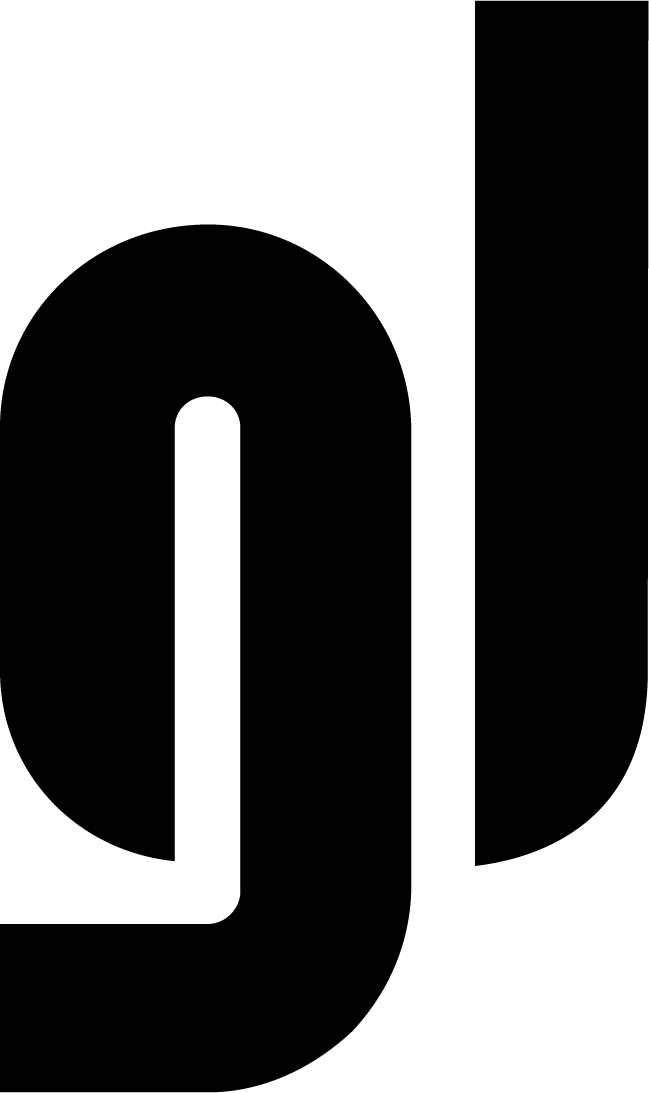Process
Ideas for new products and features come from a number of different places. My experience working within small, medium, and enterprise companies and alongside talented product managers and design leaders has led me to this process. Its always changing.
for New Products
People find ways to get what they want done. They’ll hack together workflows. They’ll build a spreadsheet to be their CRM. They’ll buy folders, real folders, to log order changes. They’ll make phone calls and use log important details in their phones default notes app. Opportunities, in my opinion, come from where there are no established ways of working. Observe the differences between the hacks you find. Hear the similarities when you talk with them. Each hack is the first version of a product that at least one person needs. Spend time searching and cataloging what you observe.
for Existing Products
Above all, observing people using your product cultivates empathy. You get to see your product impact real people’s lives and that’s pretty cool. These observations then inform and inspire iterative designing and build momentum. Specifically, watching how customers interact with prototypes and navigate user interfaces, designers can identify pain points, patterns, and preferences. Ask about their needs, desires, and frustrations - it will help you create user-centric designs that address specific challenges.
Cultivate the relationships you make in this phase. This is a big part of your job. You’ll benefit from close contact with users and potential users throughout the process.
You are done this phase when you keep seeing the same things.
Imagine
Tools I use: pen and paper, notes app, FigJam
Switching from research to imagination is easy sometimes. Sometimes its hard. Changing my environment works for me. Get out of the office or your desk. Go for a walk. If you’re a designer, don’t even put pen to paper. Get out of your industry. Get out of your field. Watch Dirty Jobs (random throw back, right?) or read a book or just stop researching. Just, generally, get yourself inspired. You have to be able to pursue the the wilder ideas so you need to be able to believe they are possible and worth your time exploring. Share your ideas with a friend and the teammates you’re working with. Ideas are energy - bring them energy.
You are done this phase when you’ve made more assumptions than the number of insights your research found you.
Design
Tools I use: pen and paper, Figma, Moqups
Pick your fidelity (high detail or low detail?) and pick your favorite tool. Your favorite tool is probably the one you move the quickest in. Speed is key here because we need to start proving out the ideas that have been building up in your head. Build prototypes and feel them out. Try small experiments that solve just one or two pain points. Build parts of the experience you’ll eventually create. Build flows to document the order of events you think people should take to accomplish the task you are trying to standardize and improve.
Share some of your favorite prototypes with your teammates. Get their feedback. You’ll be tempted to consider constraints of your business or engineering. Depending on where you work, I believe you have a sense of what “realism” you need to bring to your design. But as much as you can, give yourself freedom in this phase.
You are done this phase when you have specific questions you want to ask users.
Check-in
Tools I use: Meet, Zoom
Check-in with users and potential users. Finding potential users requires outreach and outsourcing yet fortunately, you’re early observations will hopefully have made some lasting connections for you
Prioritize and Negotiate
Tools I use: Figma, Jira, Trello
The best work comes after we accurately measure development effort and prioritize work, or pain points, based on some combination of impact and urgency. My goal is to help you streamline our workflow by focusing on key issues that drive maximum value. The goal is to always ensure resources are utilized efficiently as possible.
Redesign & Develop
Tools I use: FullStory, Segment, Figma
This is where we define clear metrics to track progress and performance. Metrics serve as quantifiable measures that enables teams to identify issues early, make data-driven decisions, and enhance the overall quality of the product.
